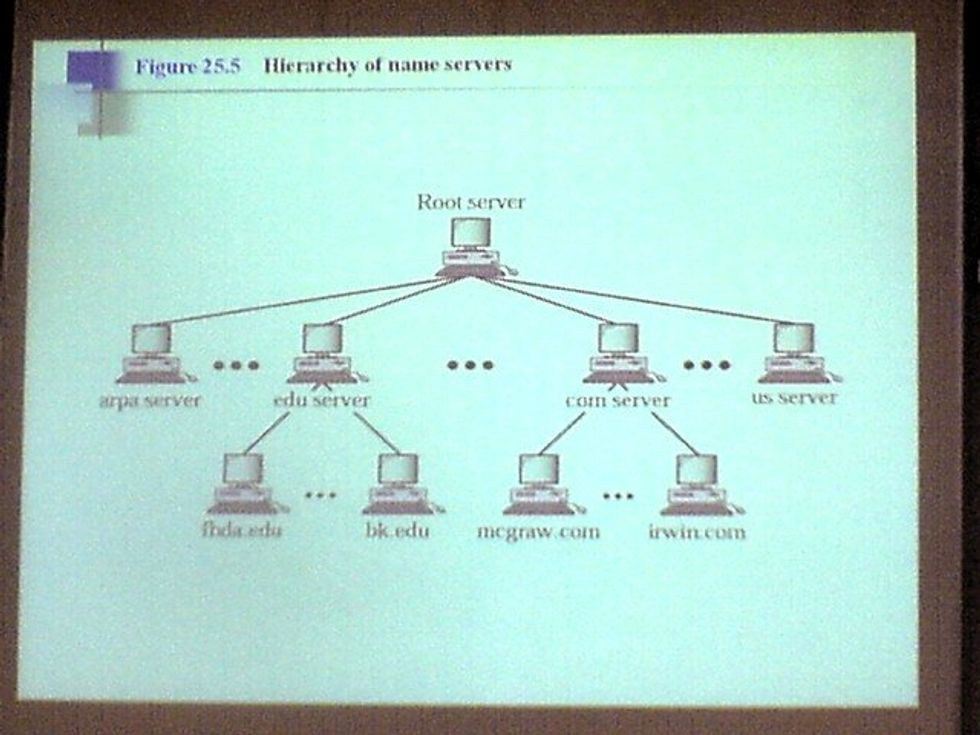Wrinting A Perfect Re Usable Prompt For Ollama
Writing A Perfect Reusable Prompt For Ollama
Introduction
In the ever-evolving landscape of artificial intelligence and machine learning, crafting effective prompts is crucial. This article delves into the art of writing a perfect reusable prompt for Ollama, a leading AI platform. We will explore the significance of well-structured prompts and their impact on generating accurate and relevant responses.
Understanding Ollama and Its Capabilities
Ollama is a sophisticated AI platform designed to understand and generate human-like text. Its capabilities range from answering questions to creating content, making it a versatile tool in various industries. To harness its full potential, one must master the skill of writing effective prompts.
Key Elements of a Perfect Prompt
Clarity and Precision
A perfect prompt should be clear and precise. Ambiguity can lead to irrelevant or incorrect responses. Ensure that your prompt is straightforward and leaves no room for misinterpretation.
Contextual Relevance
Providing context is essential. The more information Ollama has, the better it can tailor its responses. Include relevant details that can guide the AI in understanding the scope and intent of your prompt.
Conciseness
While context is important, brevity is equally crucial. A concise prompt helps in maintaining focus and avoids overwhelming the AI with unnecessary information. Strike a balance between providing enough context and keeping it brief.
Examples of Effective Prompts
Let's look at some examples of effective prompts that can be reused across different scenarios:
Example 1: Customer Support
"How can I reset my password on the Ollama platform?"
Example 2: Content Creation
"Generate a blog post outline on the benefits of using AI in healthcare."
Example 3: Data Analysis
"What are the key trends in the 2023 sales data for the tech industry?"
Common Pitfalls to Avoid
Even with the best intentions, some common mistakes can hinder the effectiveness of your prompts. Avoid these pitfalls to ensure optimal performance:
Overloading with Information
Providing too much information can confuse the AI. Stick to the essentials and avoid overloading your prompt with unnecessary details.
Vague Questions
Vague questions lead to vague answers. Be specific in your queries to get precise and useful responses.
Ignoring Feedback
Feedback is crucial for improvement. Pay attention to the responses generated by Ollama and refine your prompts accordingly.
Conclusion
In summary, writing a perfect reusable prompt for Ollama involves clarity, contextual relevance, and conciseness. By avoiding common pitfalls and continuously refining your prompts, you can leverage Ollama's capabilities to their fullest. As AI technology continues to advance, the importance of effective prompt writing will only grow. Embrace this skill and stay ahead in the ever-evolving AI landscape.
We encourage you to experiment with different prompts and share your experiences. The future of AI is bright, and mastering prompt writing is a step towards unlocking its full potential.
```


 parked cars in the middle of city with high rise buildings78
courtesy of unsplash
parked cars in the middle of city with high rise buildings78
courtesy of unsplash how DNS works | Karl Baron | Flickr
how DNS works | Karl Baron | Flickr